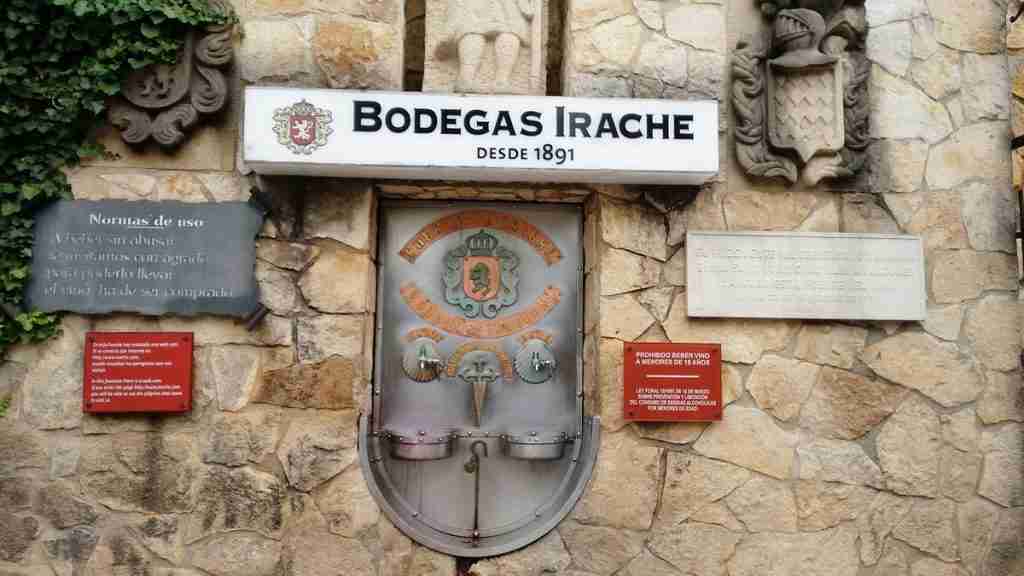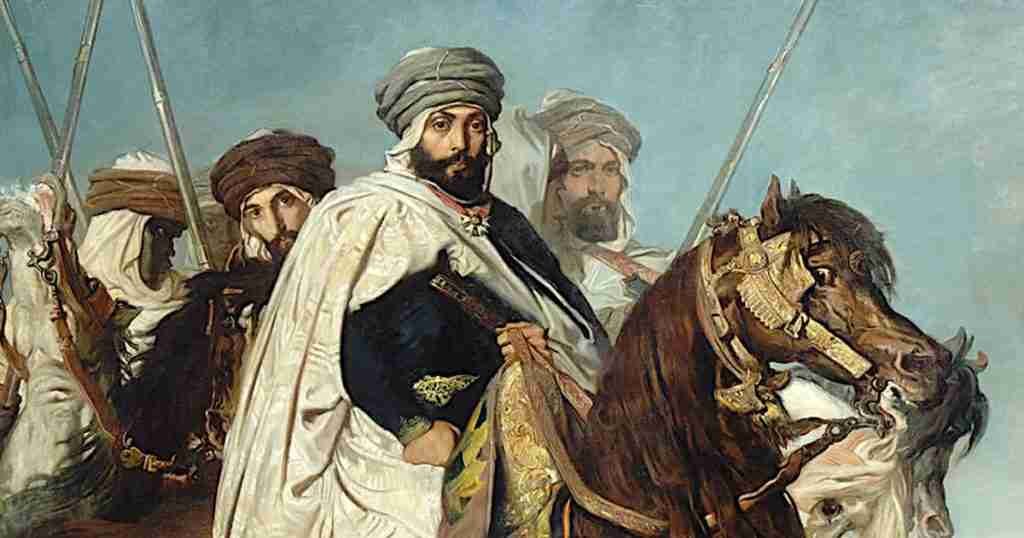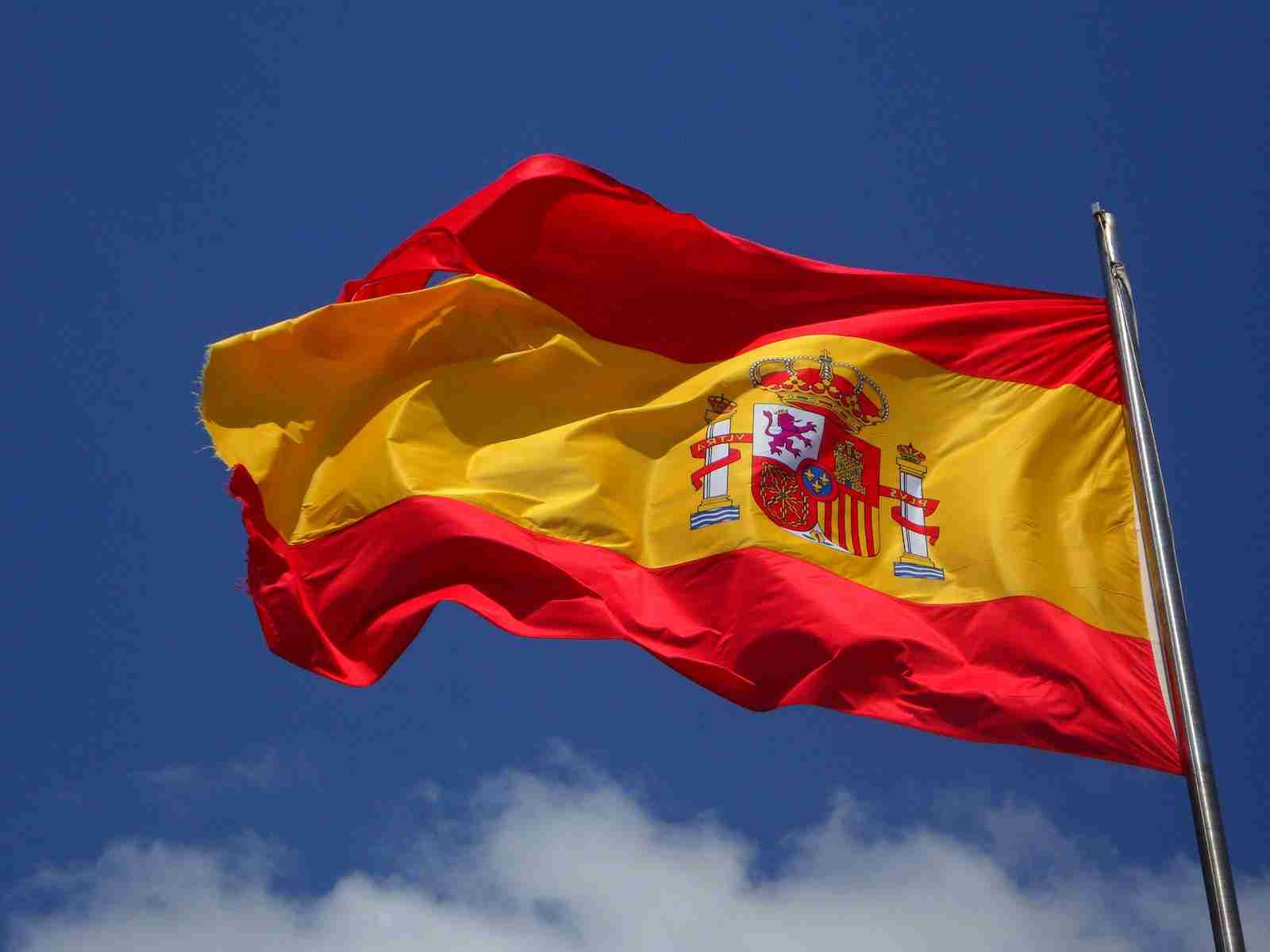24 Fun Facts About Spain You Should Know
1. Spain has nearly 8,000 km of coastline.
Spain basks in 300 sunny days a year, with a stunning 8,000 km coastline and over 8,000 beautiful beaches like Barcelona’s Bogatell and Formentera’s Platja de Ses Illetes.
The Costa del Sol shines brightest, boasting over 320 sunny days annually, making Spain a paradise for beach lovers seeking turquoise waters, wild coves, and unforgettable sunsets.
2. Spain has more blue flag beaches than any other country.
Spain leads globally with 729 Blue Flags in 2023, awarded to its beaches, marinas, and tourist boats for meeting strict criteria on water quality, safety, and environmental management.
Out of these, 627 flags adorn its beaches, 97 for marinas, and 5 for boats across 250 municipalities, showcasing Spain’s commitment to sustainable and eco-friendly tourism along its beautiful coastlines.
3. Spain has King Felipe VI as the current monarch.
Spain, a constitutional monarchy, is led by King Felipe VI from the House of Bourbon, alongside Queen Letizia and their children, Leonor and Sofía.
Ascending the throne in 2014 after King Juan Carlos I, Felipe’s role is ceremonial. The Royal Palace in Madrid, their official residence, showcases Spain’s rich royal heritage and is open for public visits.
4. Spain has more bars and restaurants than any other country in Europe.

Another interesting fact about Spain is its unparalleled density of bars and restaurants, leading Europe with one for every 169 residents. This makes Spain a paradise for those eager to explore its rich culinary and drinking culture.
Andalucía alone rivals the combined total of Ireland, Denmark, Finland, and Norway, contributing to Spain’s staggering 290,000 licensed establishments.
5. What separates Spain from Africa?
The Strait of Gibraltar, spanning just 13 kilometers, divides Spain from Africa, linking the Atlantic Ocean with the Mediterranean Sea.
Similarly, Spain stands out as the only EU nation with a land border in Africa, thanks to Ceuta, its autonomous city on the African continent. Acquired in 1668, Ceuta’s strategic location has been significant since the first millennium BC.
6. Spaniards end each year with 12 grapes for good luck at midnight on December 31.
On New Year’s Eve in Spain, a unique tradition unfolds as Spaniards eat 12 grapes at midnight, one for each chime of the clock, symbolizing 12 months of upcoming luck.
This ritual, known as “las doce uvas de la suerte,” gathers families and friends, often in public squares, to ensure a year filled with prosperity. It’s a cherished and fun-filled nationwide celebration.
8. Coca-Cola was possibly invented in Spain before Atlanta.
Before Coca-Cola’s Atlanta creation in 1886, Spain’s Aielo de Malferit village claimed the original recipe. Juan Micó, the owner of Destilerías Ayelo, holds evidence of “Nuez de Kola Coca,” predating Coca-Cola.
It was allegedly sold to Americans in 1884 at a Philadelphia fair. This revelation challenges the widely accepted origin story of the world’s most famous soft drink.
8. Madrid’s Sobrino de Botin is the world’s oldest restaurant, since 1725.
Madrid’s Sobrino de Botin, recognized by Guinness World Records as the world’s oldest restaurant, has operated continuously since 1725, never closed or changed location since its opening.
Founded by French chef Jean Botín and his wife, it’s famed for its centuries-old wood fire oven and traditional roast suckling pig. Despite modern updates, Botin retains its 18th-century charm, with the Gonzalez family stewarding its legacy for generations.
9. The world’s smallest beach is an inland beach in Northern Spain.
Gulpiyuri Beach, located in Asturias, Spain, stands out as the world’s smallest beach, stretching just 40 meters. This inland marvel, a flooded sinkhole near Llanes, lies about 100 meters from the Cantabrian Sea, disconnected from direct sea access.
Its unique location and size make Playa de Gulpiyuri a fascinating natural wonder, attracting many visitors to its secluded shores.
10. Spain is home to the only desert in Europe, the Tabernas Desert.
Spain’s Tabernas Desert, located in Almería, Andalusia, is Europe’s sole desert, boasting over 3,000 hours of sunshine annually, temperatures averaging above 17ºC, and less than 250 mm of rainfall.
Home to unique flora and fauna, this desert has also been a favored Hollywood backdrop, hosting films like “Lawrence of Arabia” and series like “Game of Thrones.”
11. Spain, with 49 UNESCO sites, ranks fourth globally in heritage listings.
Spain boasts 48 UNESCO World Heritage Sites, ranking it third globally and second in Europe, behind Italy and China. Highlights include Granada’s Alhambra, Barcelona’s works of Antoni Gaudi like the Sagrada Familia, and the historic Camino de Santiago.
From ancient fortresses to modernist landmarks and historic mining towns, Spain’s rich heritage spans diverse cultures and epochs.
12. A drinking fountain in Northern Spain serves red wine for free to pilgrims.

Another interesting fact about Spain is its unique wine fountain in Ayegui, Navarre, offering free red wine to Camino de Santiago pilgrims to this date.
Located at Bodegas de Irache, established in 1891 and part of the Irache Monastery, this fountain refreshes travelers with its chilled, potent wine, embodying the generous spirit of the Camino with a tradition dating back to the 12th century.
13. The world’s first psychiatric hospital was founded in Valencia in 1410.
In 1410, Valencia, Spain, became home to the world’s first psychiatric hospital, the Hospital de Los Inocentes. Established with papal and royal backing, this pioneering institution, also known as the Hospital of the Innocents, marked a significant advancement in mental health care.
Though the original building no longer exists, its founding remains a landmark moment in medical and cultural history.
14. Spain is the 5th largest wind power producer in the world.
Spain ranks as the 5th largest wind power producer globally, generating over 60.46 TWh, which constitutes 23.3% of its electricity. With over 27 GW capacity installed by 2020, wind became its main energy source in 2013.
The country’s commitment to renewable energy is evident with over 1,200 wind farms, also making it a leading solar power producer in Europe.
15. Spain is divided into 17 autonomous communities.
Spain’s division into 17 autonomous communities, each with distinct identities from former separate kingdoms, highlights its status as the world’s most decentralized country. The unification began with the marriage of Ferdinand of Aragon and Isabella of Castile in 1469.
Catalonia and others have sought independence, and six regions recognize co-official languages. Additionally, Spain governs two autonomous cities in Africa, Ceuta and Melilla.
16. Moors invaded Iberia in seven years and ruled for almost 800 years.

In 711, Moors from North Africa invaded the Iberian Peninsula, establishing Al-Andalus and ruling for nearly 800 years until 1492. Their reign, known as the Reconquista, ended with Granada’s fall.
The Moors’ enduring cultural impact is evident in Spain’s architecture, like Granada’s Alhambra and Córdoba’s Mezquita, showcasing a blend of Islamic and Spanish heritage.
17. Why did Spain explore the New World?
Spain explored the New World driven by the desire to find gold and silver, enrich its economy, and expand its power. The goal was also to spread Christianity among Native Americans.
The venture began in the 15th century, with Columbus’s 1492 expedition seeking new trade routes and bypassing Portugal’s monopoly. Conquistadors, from various backgrounds, sought riches, especially gold, in New Spain.
18. Spanish is not the only official language in Spain.
Another lesser-known fact about Spain is that it is multilingual, with Spanish (Castellano) as the official language spoken by 72% of its population.
However, it recognizes four co-official languages: Catalan/Valencian in Catalonia and the Balearic Islands, Galician in Galicia, Euskera in the Basque Country, and Aranese in parts of Catalonia.
19. Euskera in Northern Spain is the oldest isolated language in Europe.
Euskera, spoken by 750,000 people in northern Spain, stands as Europe’s oldest isolated language, with mysterious origins. Linguists suggest it might descend from ancient cave dwellers’ languages, like those of Altamira.
Unrelated to any other Western European language, Euskera’s unique pre-Indo-European roots highlight its status as a linguistic relic, preserving a deep, standalone heritage within Europe’s diverse linguistic landscape.
20. In Spain, the tooth fairy is a mouse named Ratoncito Pérez.

In Spain, children place their lost milk teeth under their pillow for Ratoncito Pérez, a charming mouse who trades them for coins or small gifts.
This tradition, rooted in Spanish folklore since 1894, was popularized by a story written for King Alfonso XIII. Unlike the tooth fairy, Ratoncito Pérez is a beloved figure, symbolizing a unique aspect of Spanish childhood culture.
21. Spain was the first empire where the sun never set, globally spanning.
You may have heard the phrase “the empire where the sun never sets” about the British Empire, but it originally described Spain’s vast territories.
Coined during Philip II’s reign, this expression highlighted Spain’s global span across various time zones, ensuring it was always daytime somewhere in its empire. First applied to Charles V’s Habsburg Empire, Spain truly was the first empire where the sun never set.
22. Which countries speak Spanish?
Spanish is the official language in 21 countries, including Spain, Mexico, and various nations in Central and South America, alongside Equatorial Guinea in Africa.
These countries, once part of the expansive Spanish Empire, have retained Spanish as a core part of their cultural identity. The language’s global spread reflects the historical reach of Spain’s influence during the era of imperialism.
23. Spaniards have the second-longest life expectancy at birth.
Spain boasts the second-highest life expectancy in the world, averaging 83.3 years, just behind Japan. Predictions suggest Spain might surpass Japan by 2040, largely attributed to the Mediterranean diet, recognized by UNESCO.
With 40% of its population expected to be over 60 by 2050, Spain leads Europe in longevity, ahead of Sweden, Luxembourg, and Italy.
24. La Tomatina, the world’s biggest food fight, is a famous Spanish festival.

La Tomatina, celebrated in Buñol, Spain, is the world’s largest tomato fight festival, attracting over 20,000 participants annually on the last Wednesday of August.
Originating from a 1945 street brawl, it has evolved into a massive event where attendees hurl 150,000 tomatoes for fun. This unique festival, known for its sheer entertainment value, sees tickets selling out instantly.
FAQs
Spain is a democratic state that emphasizes liberty, justice, equality, and political pluralism. While it has a ceremonial king, national sovereignty and state powers originate from the Spanish people, ensuring a democratic governance structure.
Spain colonized numerous territories, including parts of the Americas, Africa, Asia, and Oceania, notably Mexico, Peru, the Philippines, and Cuba, establishing a vast global empire from the 15th to the 19th centuries.
Spaniards typically greet each other with a warm, friendly handshake or, more intimately, with one or two kisses on the cheek, starting with the right cheek among friends and family.
Spain is renowned for its rich history, vibrant culture, flamenco music and dance, delicious cuisine including paella and tapas, world-class football, beautiful beaches, and iconic festivals like La Tomatina.
Yes, Barcelona is part of Spain, serving as the capital of Catalonia, an autonomous community. It’s known for its unique architecture, rich cultural heritage, and as a major tourist destination.







